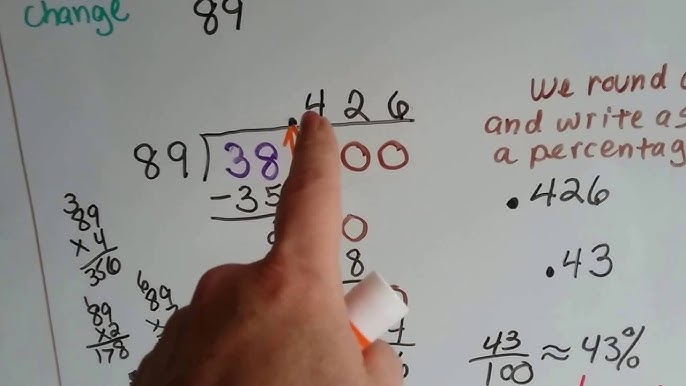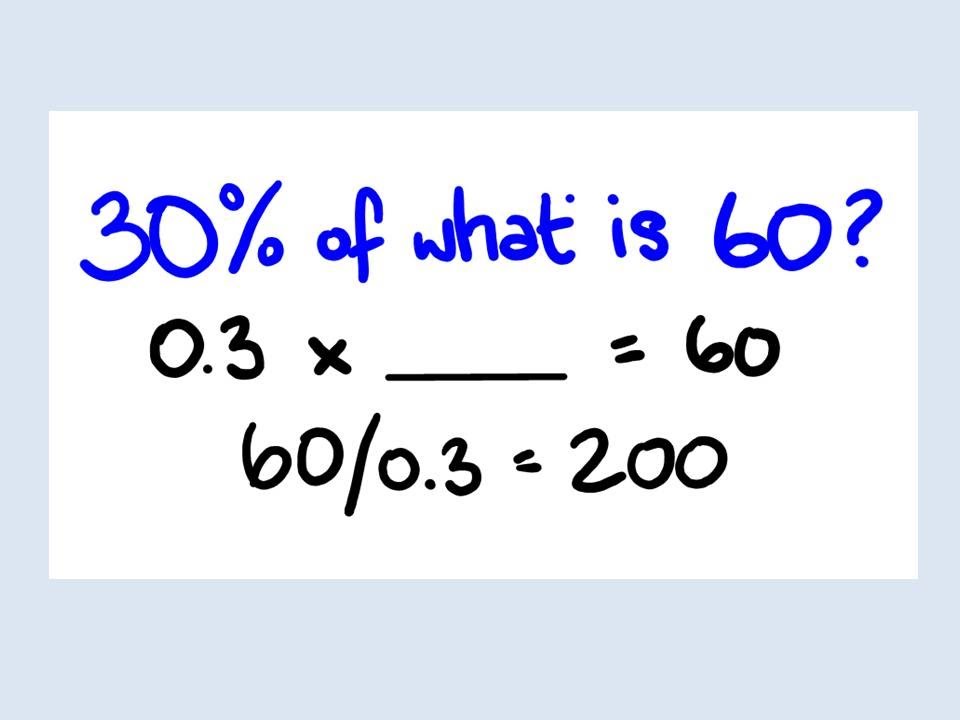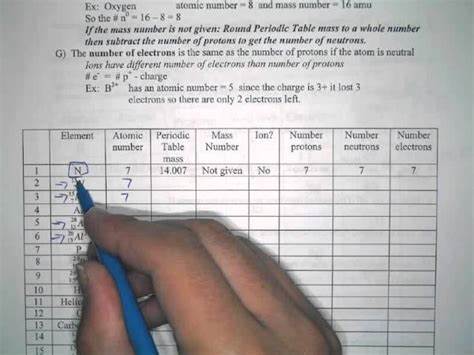How to Calculate Percentage Between Two Numbers?

Calculating the percentage between two numbers is a fundamental mathematical concept used in various fields like finance, statistics, and daily life calculations. In this guide, we will explore different methods to find percentages with clear examples.
What is Percentage?
A percentage is a fraction of 100. It is represented using the percent sign (%). For example, 50% means 50 out of 100.
Formula to Calculate Percentage
The basic formula to calculate the percentage between two numbers is:
Percentage = (Part / Whole) × 100
Example of Percentage Calculation
Let's assume you scored 80 marks out of 100 in a test. The percentage can be calculated as:
(80 / 100) × 100 = 80%
Finding the Percentage Difference Between Two Numbers
If you want to find the percentage difference between two values, use the formula:
Percentage Difference = [(New Value - Old Value) / Old Value] × 100
For example, if a product price increased from $50 to $75, the percentage increase is:
(75 - 50) / 50 × 100 = 50%
Calculating Percentage Decrease
To calculate the percentage decrease, the formula is:
Percentage Decrease = [(Old Value - New Value) / Old Value] × 100
If a stock price drops from $100 to $80, the percentage decrease is:
(100 - 80) / 100 × 100 = 20%
Percentage in Real-Life Applications
Understanding percentages is essential in daily life, including:
- Calculating discounts and sales tax.
- Determining interest rates in banking.
- Comparing financial growth or decline.
- Analyzing data in reports and statistics.
Calculating percentages is a simple yet powerful skill that helps in various aspects of life and work. By understanding the basic formulas and applications, you can easily determine percentages for different scenarios.





